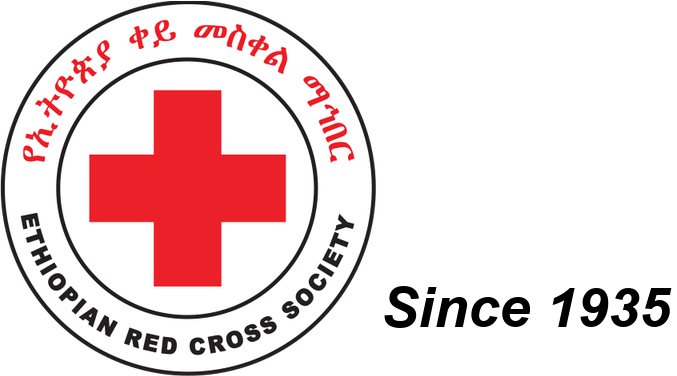Joining in to assist South Sudanese
July 31, 2014
About 900 kilometres west of Addis Ababa in Gambella is the sprawling Leitchour refugee camp. This has been home to Anter Gatluak Muon, 37, and his family since the end of January. Anter, along with about 150,000 people from South Sudan, fled to neighbouring Ethiopia following the outbreak of violence that started in December 2013.
Together with his wife and six children aged between 3 and 14, Anters family left home with nothing but their hope for survival. They endured a 14 day journey on foot, surviving on water and fish from the River Nile. It was difficult, particularly for the younger children who did not understand why they had to leave their familiar surroundings.
Back at home, I was employed by a humanitarian organization as a registration clerk. Using the skills I acquired in my job, I volunteered to be part of the Ethiopian Red Cross Society operation when I arrived here. I wanted to assist my fellow South Sudanese refugees currently being hosted in Leitchour camp,said Anter. I knew of the Red Cross as I had seen them assisting those who were injured when fighting broke out in South Sudan.
Anter is now a health supervisor with the Ethiopian Red Cross Society, doing outreach work in nutrition, health, hygiene promotion and disease surveillance. He supervises a team of 50 volunteers who have been trained on how to identify illnesses and how to pass on messages to prevent diseases.
It is a team which will be kept busy as South Sudanese continue to cross into Ethiopia on a daily basis, entering mainly through the Pagak and Akobo-Tergol border points. As the crisis continues, the physical condition of refugees arriving is deteriorating and the prevalence of malnutrition is reportedly high.
The Ethiopia Red Cross Society is, together with the International Committee of the Red Cross, the International Federation of Red Cross and Red Crescent Societies, and the Swiss Red Cross Society, undertaking an emergency operation to respond to the needs of the South Sudanese refugees. Staff and volunteers are working closely with Movement partners to provide proper hygiene, sanitation, environmental cleaning, water delivery, household items and emergency health interventions.
Together with his wife and six children aged between 3 and 14, Anters family left home with nothing but their hope for survival. They endured a 14 day journey on foot, surviving on water and fish from the River Nile. It was difficult, particularly for the younger children who did not understand why they had to leave their familiar surroundings.
Back at home, I was employed by a humanitarian organization as a registration clerk. Using the skills I acquired in my job, I volunteered to be part of the Ethiopian Red Cross Society operation when I arrived here. I wanted to assist my fellow South Sudanese refugees currently being hosted in Leitchour camp,said Anter. I knew of the Red Cross as I had seen them assisting those who were injured when fighting broke out in South Sudan.
Anter is now a health supervisor with the Ethiopian Red Cross Society, doing outreach work in nutrition, health, hygiene promotion and disease surveillance. He supervises a team of 50 volunteers who have been trained on how to identify illnesses and how to pass on messages to prevent diseases.
It is a team which will be kept busy as South Sudanese continue to cross into Ethiopia on a daily basis, entering mainly through the Pagak and Akobo-Tergol border points. As the crisis continues, the physical condition of refugees arriving is deteriorating and the prevalence of malnutrition is reportedly high.
The Ethiopia Red Cross Society is, together with the International Committee of the Red Cross, the International Federation of Red Cross and Red Crescent Societies, and the Swiss Red Cross Society, undertaking an emergency operation to respond to the needs of the South Sudanese refugees. Staff and volunteers are working closely with Movement partners to provide proper hygiene, sanitation, environmental cleaning, water delivery, household items and emergency health interventions.
